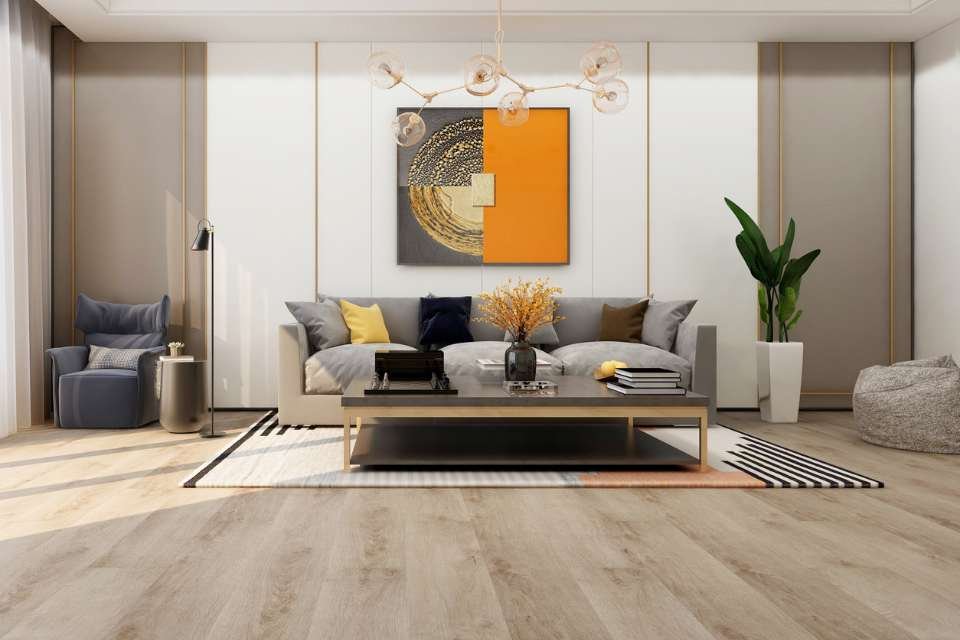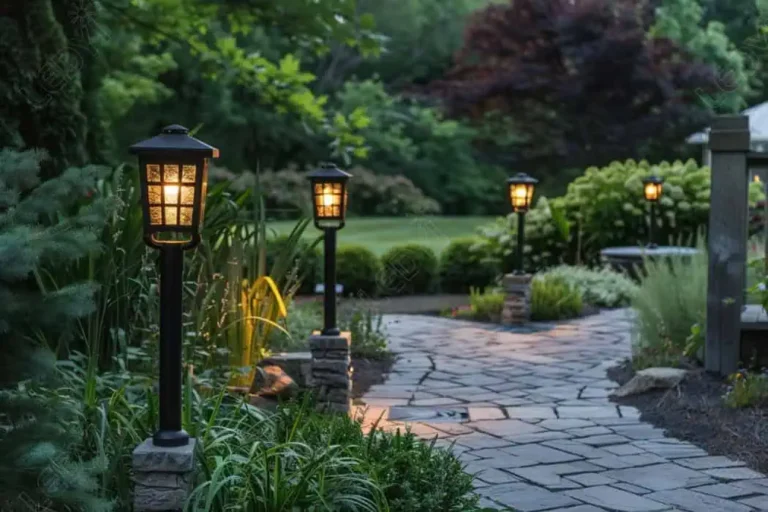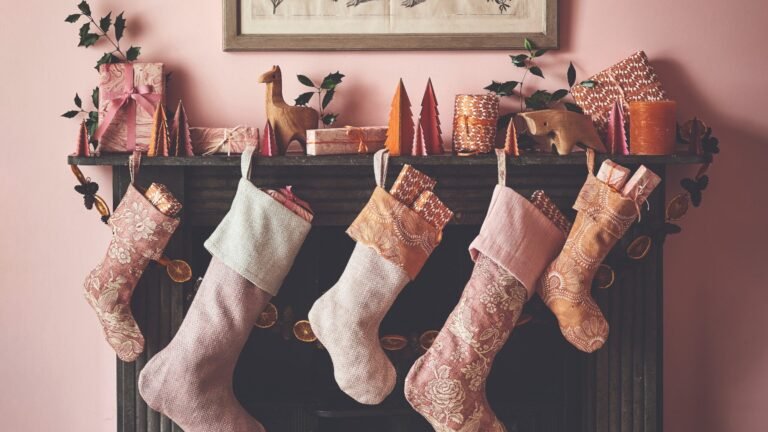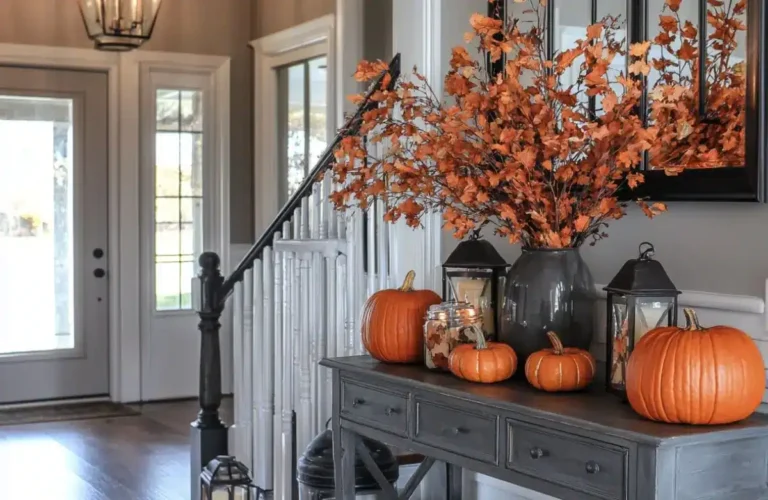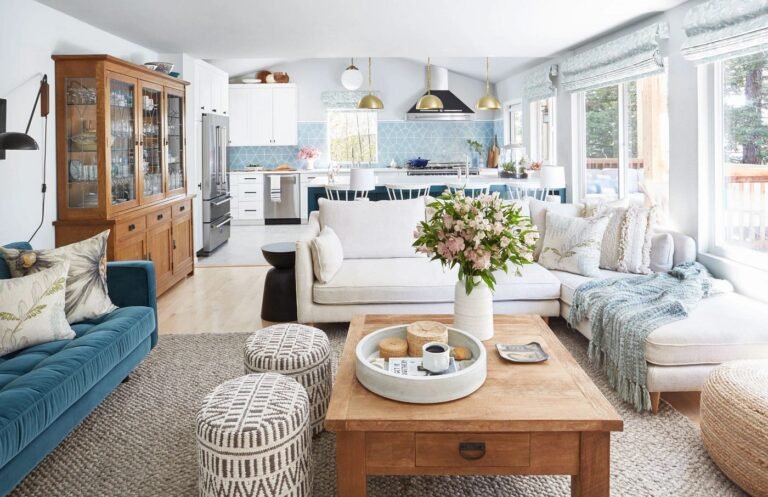Mixing Textures and Patterns Like a Pro
One of the most creative ways to make an outfit or room more stylish is by mixing textures and colors. Whether you’re decorating a room, organizing your wardrobe, or working on a creative project, mastering the art of mixing and matching textures and patterns can help you stand out. While this art may seem difficult at first, with the right techniques, anyone can create a stylish and elegant look. This guide will teach you how to mix colors and patterns like a pro.
Why Mixing Patterns and Textures is Important
To make an outfit or room more appealing, it’s important to mix textures and patterns correctly. This not only allows people to express their style and imagination in fashion but also creates a warm and vibrant atmosphere in interior design. To achieve the desired effect, you need to know how to combine these elements in a beautiful and balanced way. Too many patterns or textures, if not placed correctly, can be overwhelming, while too few patterns can appear dull or unimaginative.
Understanding Pattern and Texture
Before we discuss how to mix textures and patterns, let’s first understand what they mean.
Texture can describe the look or feel of an object. Texture can be smooth, rough, soft, hard, fluffy, sleek, and everything in between. Silk, leather, denim, and wool are all examples of materials used in design. Wood, glass, fabric, metal, and stone are all examples of textures that can be used in interior design.
Pattern: Repeating patterns are beautiful designs, often made up of lines, shapes, colors, or a combination of these. Patterns like stripes, florals, checks, polka dots, and geometric shapes are all trendy. Patterns are often seen on walls, rugs, curtains, and upholstery.
Combining Patterns and Textures Like a Pro
1. Start with a Gray Background
If you want to combine textures and patterns, a base color is a good starting point. This could be a simple white shirt, black pants, or the brown sofa in the room. Neutral colors act like a blank slate, allowing bright patterns and rough textures to stand out without being overwhelming.
Try pairing a striped jacket with a soft cotton T-shirt, or pairing a leather sofa with floral cushions. These patterns will contrast beautifully against a gray background while creating a balanced look.
2. Stick to the same color
When combining patterns, it’s important to stick to the same colors. This makes the design look more coordinated. Choose one or two main colors and incorporate them into all the patterns and textures. The main color of a pattern piece can be paired with other patterns or textures of the same color, but in different shades or intensities.
For example, a navy and white striped shirt can be paired with a navy and white polka-dot scarf. Because the colors are the same, these pieces coordinate well without drawing attention.
3. Vary the size of the pattern
Varying the size of the pattern is another important way to mix and match. Combining large and small patterns can create an interesting visual effect without being overwhelming. For example, a small houndstooth pattern works well with a larger floral or checkerboard pattern.
A large floral dress paired with a small polka-dot shirt is a great combination. When designing a room, you can combine a large geometric floor pattern with smaller throw pillows in different patterns. The difference between large and small patterns creates interest and balance in the overall look.
4. Use Different Textures
Texture is just as important when combining designs. Textures can be combined in different ways, just like patterns. Combining rough and smooth textures creates an interesting twist. For example, plush pillows look beautiful paired with leather chairs. Another option is to combine materials with different finishes, such as matte, glossy, or shiny.
A shiny silk scarf, for example, can be paired with a dark denim jacket. In interior design, a sleek metal lamp and a soft silk sofa can create a room that is both elegant and comfortable.
5. Find a focal point
Find a focal point to keep your mixed patterns and textures from looking cluttered. A collar with a striking pattern, for example, can create a striking accent. Another example includes wallpaper or rugs featuring various textures that enhance a room’s appeal. This focal point ensures that the rest of the design falls into place.
6. Plan the layout
When using multiple patterns, avoid going overboard by using too many different patterns at once. Instead, opt for a few statement patterns and balance them with neutral textures. For instance, a floral blouse with a subtle plaid jacket is more effective than wearing multiple bold patterns together.
Common Mistakes to Avoid
While experimenting with textures and patterns can be fun, there are common mistakes that you should avoid. Here are a few:
- Overcrowding with patterns: Too many clashing patterns can make your design look disorganized. Aim for a few patterns that complement each other.
- Ignoring scale: Mixing two large-scale patterns can overwhelm a look. Always try to balance the scales of the patterns for a harmonious effect.
- Not considering the setting: Whether you’re styling an outfit or designing a room, the setting plays a crucial role. Consider the occasion or the function of the space before choosing your textures and patterns.
FAQs
1. Can I mix bold patterns with soft textures?
Yes, pairing bold patterns with soft textures like velvet or cotton can create an interesting contrast that adds depth to your design.
2. How can I make sure my patterns don’t clash?
To avoid clashing, ensure that the patterns share a common color or tone. Varying the scale of the patterns (mixing small with large) also helps prevent clashing.
3. Should I always follow trends when mixing patterns?
No, while trends can provide inspiration, mixing patterns should be based on what makes you feel comfortable and confident. Your personal style should always be the priority.
4. How do I incorporate patterns in small spaces?
In smaller spaces, you can introduce patterns with smaller accessories like pillows, rugs, and curtains. Stick to a cohesive color scheme to prevent the space from feeling cluttered.
Conclusion
Mixing textures and patterns is an exciting way to add personality and depth to your wardrobe or home. The key to mastering this art is balance, experimentation, and creativity. Whether it’s a bold floral dress paired with a leather jacket or a cozy living room with contrasting textures, combining the right patterns and textures can take your design to the next level. By following these tips and avoiding common mistakes, you’ll be able to mix textures and patterns like a pro in no time.
References
- “The Art of Mixing Patterns and Textures” by the Design Council.
- “How to Combine Patterns in Fashion” by Vogue.
- “Mixing Textures in Interior Design” by Architectural Digest.
